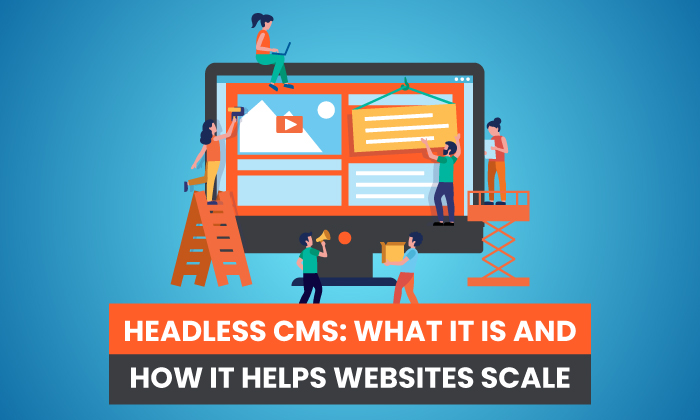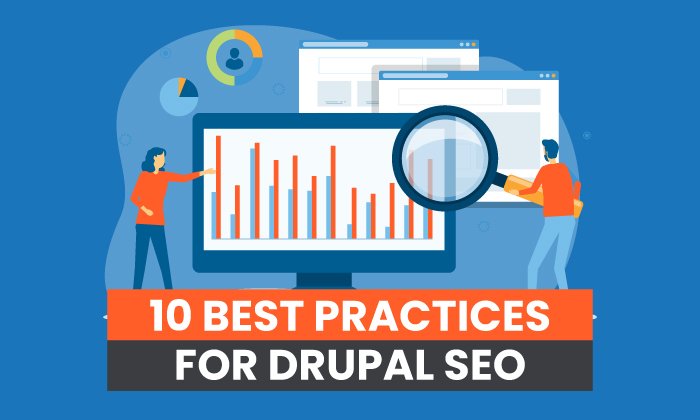Headless CMS: What it is and How it Helps Websites Scale

By Neil Patel
Using a traditional content management system (CMS) architecture has been the standard for front-end web management.
When you use a traditional CMS architecture, your content is stored in a single system or database. Unfortunately, this means everything from the front-end website to backend administration tools relies on one system, making scaling difficult.
As enterprises strive for increased flexibility and scalability, they’re turning to headless CMS solutions.
Headless CMS can provide greater control over data access while speeding up development cycles between front-end and backend systems.
Not to mention, the headless CMS market is expected to grow to $1,628.6 million by 2027.
If you’re ready to scale your website but aren’t sure where to start, adopting a headless CMS could be your ticket to increased traffic.
What Is a Headless CMS?
A headless CMS is a back-end-only content management system that works as a content bucket. Content is accessible from an API and can be readily displayed on any device without the need for a presentation layer or built-in front-end.
In a headless CMS system, content is stored in a repository “body” that can easily be separated from the presentation layer, or “head.” This is called “decoupled architecture” or a “decoupled CMS.”
Without using decoupled architecture, companies would have to scale their servers to manage large amounts of data.
Headless CMS architecture removes the presentation layer from your website and enables content to be consumed by APIs. The heads can then communicate, allowing for increased functionality such as real-time updates or multi-organization collaboration.
Because of APIs, headless CMS platforms provide better scalability for websites hosting unstructured data such as images or videos.
Using a headless CMS, you can extend your content management beyond your website and into other platforms such as point of sale systems or online marketplaces.
Additionally, headless CMS enables developers and content managers to work independently of one another. It also allows developers to create custom integrations enabling different devices to interact with the database containing the business’s content.
What Is the Difference Between a CMS and a Headless CMS?
Traditional CMS is software that needs to be installed or managed by an individual or server environment. All functionality is included in a single system, giving only one context for presenting content. Usually, this comes in the form of a webpage.
Unlike headless CMS, traditional CMS relied on content buckets to manage images, HTML, CSS, and other website content. This system made it difficult to reuse past content because it was mixed up in code and led to a high risk of content duplication.
Traditional CMS platforms were only accessible through a webpage, making it difficult for companies to create different experiences on apps and other digital platforms.
Examples of traditional CMS programs include WordPress, Sitecore, and Drupal.
As more content is coming online, managing this data in one place has become crucial. Businesses that want to stay competitive have been searching for a more flexible solution …read more
Source:: Kiss Metrics Blog








